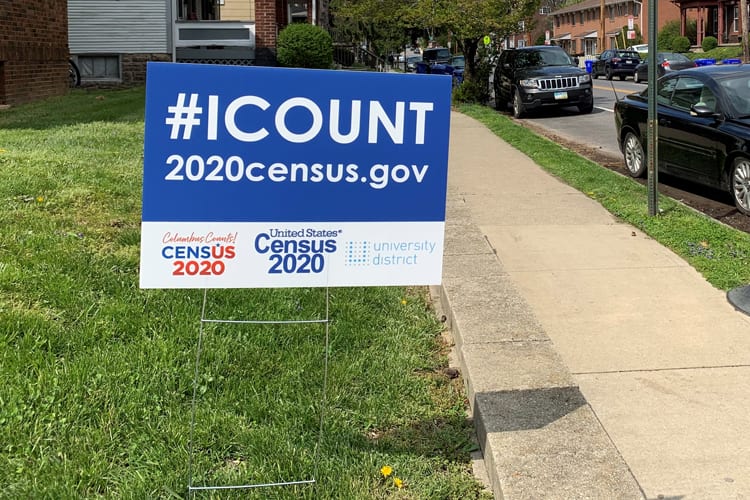The Census End Date Was Moved Up – How It Could Impact You

Every decade, the U.S. Census Bureau counts everyone living in the U.S. Typically in March of every 10th year, the bureau mails out info on how to complete the census. This March, however, the coronavirus pandemic struck, leaving many unsure how well the count could be carried out.
At first, the bureau adjusted deadlines and scrambled to get more time. Counting everyone is a challenge in typical years, and made far harder by a pandemic. Door knocking, one of the main tools of census takers, for instance, is nearly impossible in areas with COVID-19 spikes.
Amid all this, the Bureau announced that the deadline for counting is moving up by a month. All data collection will cease at the end of September as opposed to October, as previously announced.
So what impact could that change have on you and your life? If the census is still taken accurately, not very much. However, some experts are worried that an earlier deadline could leave people uncounted, and those errors would ripple through the country until the 2030 Census.
What Happens if Data is Inaccurate?
The data gathered from the census is vital in determining how our government functions. Census data dictates how many seats in the U.S. House of Representatives each state gets, and also determines how much federal funding is distributed to communities. If your state is undercounted, that could lead to losing seats in the House and significantly less federal aid. That diminished voice and funding can have a serious snowball effect, hurting communities and lessening public resources.
Census data is also critical for businesses in deciding where to set up shop. Faulty data could drive would-be entrepreneurs to other states, potentially stalling economic growth in some areas. Fewer businesses may decide to set up shop in states that report population drops, prices can increase, and wages can drop. The ramifications are widespread and pretty frightening.
The Census So Far
The Leadership Conference on Civil and Human Rights (LCCHR) tracks each U.S. state’s census response rate and compares it to past years to show which states may be lagging. As of now, the overall U.S. response rate is just above 63 percent, but many states are doing far worse. Just 53 percent of New Mexicans have responded thus far, compared to a 60 percent response rate in 2010.
New Mexico is a good case study because the state contains large populations that have been traditionally “hard-to-count” in the census. The state has relatively large indigenous and immigrant communities, two groups that often respond to the questionnaire at a much lower rate than the population overall. Often, marginalized communities end up further marginalized by incorrect data, which could happen again this year.
How to Fill Out the Census
If you haven’t filled out the census yet, the good news is that it’s easier than ever.
Census Day was April 1, so by now, you should have received something in the mail prompting you to it out. That letter should contain a code that you can enter on the census website. Then, you can begin answering questions.
Even without the code, you can start the questionnaire by answering a few extra questions. You can respond via mail or over the phone as well, but online is the simplest option.
You’ll have to answer questions about:
- Your name, telephone number, and address
- Your ethnicity
- Whether you rent or own
- The names of anyone else living at that address, and your relation to them
Everyone should care about this civic duty. It only takes a few minutes to fill out the census, but it goes a long way.
See Also: Why Filling Out the Census Matters









